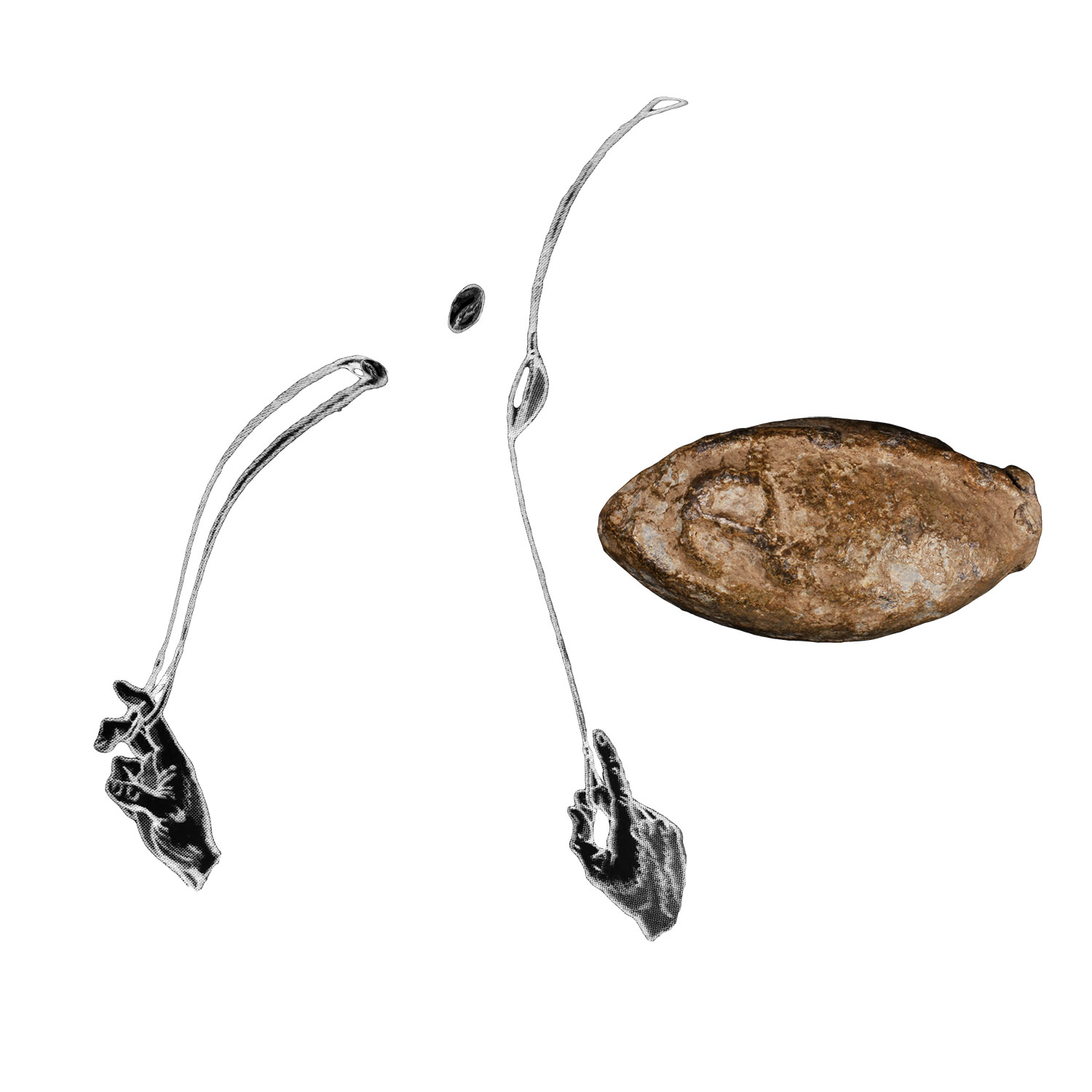Home > Stories by TimeLine Auctions
Stories by TimeLine Auctions
Nothing Fake About These Deadly Leaden Missiles
TimeLine researchers recently learned of ancient shepherds equipped with slings, who fired holed pebbles over their flocks when the herders wanted the animals to move to fresh grazing grounds. The whistling sounds thus generated unsettled the sheep and goats and encouraged them to change direction as they wandered. When similarly holed projectiles, in this case made from lead, came to light during excavations at Burnswark Iron Age hillfort in Dumfriesshire, the possibility that noise generation provided a motive for firing them provoked lively discussion among the excavators. Here is what the magazine Current Archaeology had to say on the holed projectiles in a feature titled: Bullets, Ballistas, and Burnswark: A Roman assault on a hillfort in Scotland, published in their June, 2016 issue: "the mysterious holes conferred an aerophonic quality. In flight, the lead shot whistled, or more accurately gave off a mechanical buzzing sound eerily reminiscent of an agitated wasp. Remarkable as it sounds, the simplest explanation for this design modification is that it represents an early form of psychological warfare. To put it another way, the Roman attackers valued the terror that hearing the incoming bullets would instil in the defenders."
The Romans may have faked the sound effects, but their noisy missiles shortened the time line of the campaign, and the hillfort fell to a full-scale attack by the legions not long afterwards.

TimeLine’s next auction offers several specimens of lead shot (Latin: glandes) carrying, not holes to generate fake noises, but moulded inscriptions including examples stamped CAES in reference to Julius Caesar. His army at the Battle of Munda in 45 BC included auxiliaries serving as slingers. The glandes in our lots are described as finds from that very battlefield. They were discovered in 1960-70, and are accompanied by a copy of a Spanish export licence, and an academic paper by TimeLine’s military specialist, Dr Raffaele D’Amato...so nothing fake about their provenance.
Caesar’s civil war against Pompey and his sons included several battles in which slingers played vital roles. Whenever possible, generals from both sides recruited them from Majorca, Minorca and Ibiza, among the Balearic Islands of the western Mediterranean. The islanders were highly valued as auxiliary troops thanks to their prowess with slings, much underrated as weapons of ancient warfare. Mothers on the islands were said to allow their children to eat homemade bread only if a child could hit a loaf with a pebble fired from a sling at a distance that lengthened as each birthday came around. That harsh regime ensured than a male adult islander could launch missiles at a firing rate of seven shots per minute. Each of his glandes reached one hundred miles per hour (160 km/h) in flight; and he could strike his target with deadly accuracy at distances from 400 feet (120m) to 1,300 feet (400m), depending on which of his three slings he deployed. He invariably had one wrapped around his head; one around his waist; and the third in his hands and ready to fire at a moment’s notice. Ammunition of assorted size and weight, including pebbles, baked clay, and cast lead, was carried in bags slung about his body. The selection probably included many marked with symbols and names of battle commanders. Some may have had drilled holes to create fake sound effects in flight. TimeLine auction lots, past and present, have included many interesting glandes examples.
Brett Hammond (Chief Executive Officer), TimeLine Auctions, 18th April 2023




